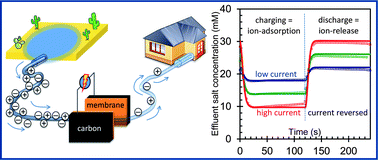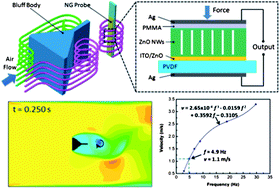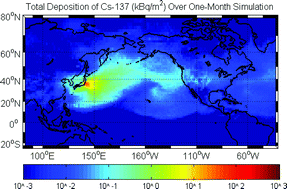This month sees the following articles in EES that are in the top ten most accessed in June:
Electrical energy storage for transportation—approaching the limits of, and going beyond, lithium-ion batteries
Michael M. Thackeray, Christopher Wolverton and Eric D. Isaacs
Energy Environ. Sci., 2012, 5, 7854-7863
DOI: 10.1039/C2EE21892E
Conjugated porous polymers for energy applications
Filipe Vilela, Kai Zhang and Markus Antonietti
Energy Environ. Sci., 2012, 5, 7819-7832
DOI: 10.1039/C2EE22002D
Formic acid as a hydrogen source – recent developments and future trends
Martin Grasemann and Gábor Laurenczy
Energy Environ. Sci., 2012, 5, 8171-8181
DOI: 10.1039/C2EE21928J
Inverted polymer solar cells with 8.4% efficiency by conjugated polyelectrolyte
Tingbin Yang, Ming Wang, Chunhui Duan, Xiaowen Hu, Lin Huang, Junbiao Peng, Fei Huang and Xiong Gong
Energy Environ. Sci., 2012, 5, 8208-8214
DOI: 10.1039/C2EE22296E
Highly stable Si-based multicomponent anodes for practical use in lithium-ion batteries
Jung-In Lee, Nam-Soon Choi and Soojin Park
Energy Environ. Sci., 2012, 5, 7878-7882
DOI: 10.1039/C2EE21380J
Oxygen evolution from water oxidation on molecular catalysts confined in the nanocages of mesoporous silicas
Bo Li, Fei Li, Shiyang Bai, Zhijun Wang, Licheng Sun, Qihua Yang and Can Li
Energy Environ. Sci., 2012, 5, 8229-8233
DOI: 10.1039/C2EE22059H
Air as the renewable carbon source of the future: an overview of CO2 capture from the atmosphere
Alain Goeppert, Miklos Czaun, G. K. Surya Prakash and George A. Olah
Energy Environ. Sci., 2012, 5, 7833-7853
DOI: 10.1039/C2EE21586A
Challenges in the development of advanced Li-ion batteries: a review
Vinodkumar Etacheri, Rotem Marom, Ran Elazari, Gregory Salitra and Doron Aurbach
Energy Environ. Sci., 2011, 4, 3243-3262
DOI: 10.1039/C1EE01598B
Lithium storage in nitrogen-rich mesoporous carbon materials
Ya Mao, Hui Duan, Bin Xu, Lin Zhang, Yongsheng Hu, Changchun Zhao, Zhaoxiang Wang, Liquan Chen and Yusheng Yang
Energy Environ. Sci., 2012, 5, 7950-7955
DOI: 10.1039/C2EE21817H
Na-ion batteries, recent advances and present challenges to become low cost energy storage systems
Verónica Palomares, Paula Serras, Irune Villaluenga, Karina B. Hueso, Javier Carretero-González and Teófilo Rojo
Energy Environ. Sci., 2012, 5, 5884-5901
DOI: 10.1039/C2EE02781J
Why not take a look at the articles today and blog your thoughts and comments below
Fancy submitting an article to EES? Then why not submit to us today!











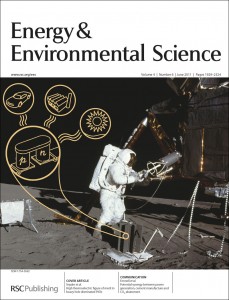
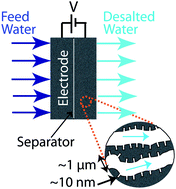 EES has just published papers from two separate groups on the latest developments in capacitive deonization/desalination. Capacitive desalination (CD) is a promising new desalination technique, relative to reverse osmosis (RO), as it can operate at low (sub-osmotic) pressures and has the potential to use less energy when desalinating brackish water (from estuaries and coastal marsland).
EES has just published papers from two separate groups on the latest developments in capacitive deonization/desalination. Capacitive desalination (CD) is a promising new desalination technique, relative to reverse osmosis (RO), as it can operate at low (sub-osmotic) pressures and has the potential to use less energy when desalinating brackish water (from estuaries and coastal marsland).